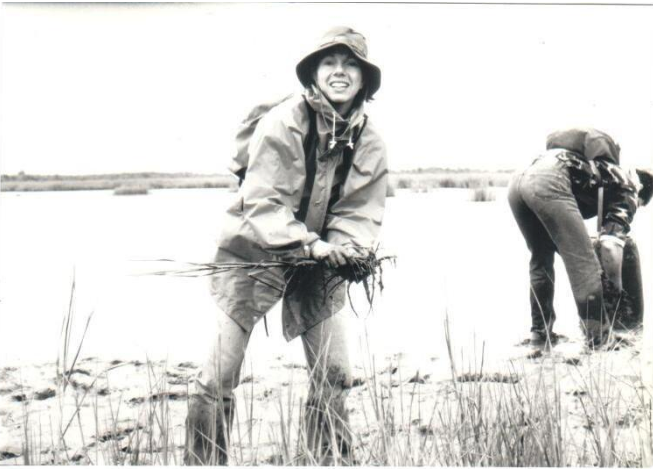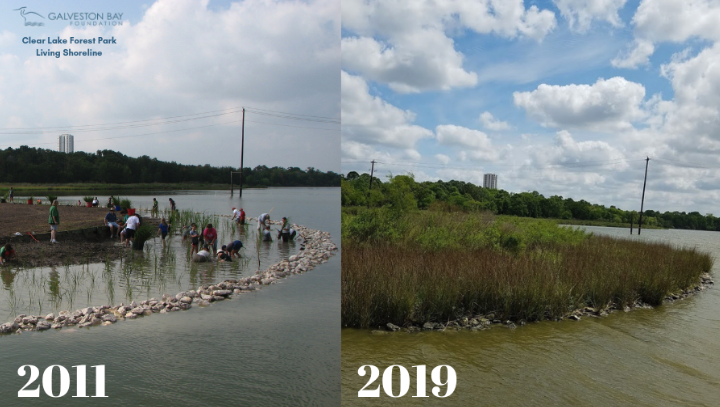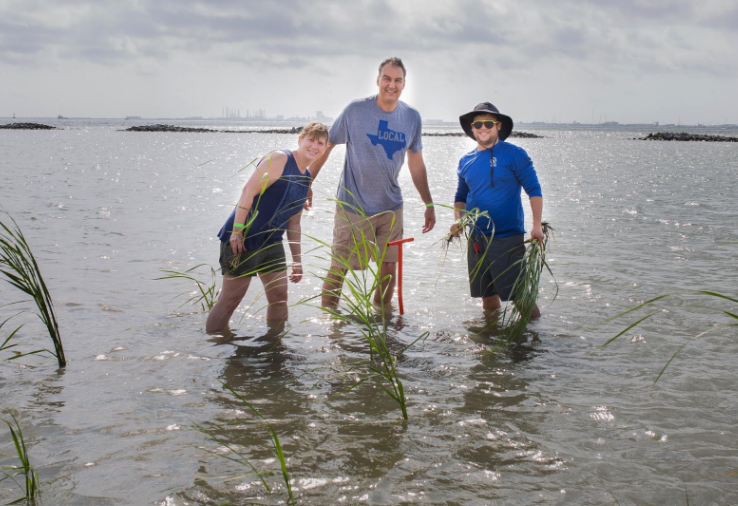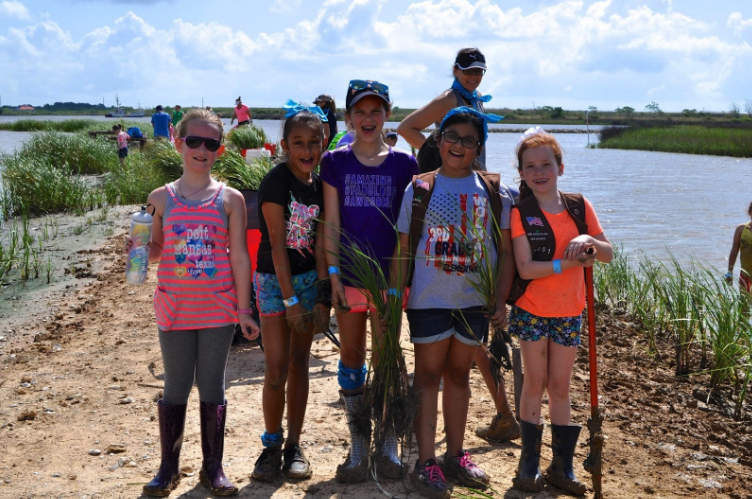Stop and Thank Your Local Hard-Working Wetlands
By: Bob Stokes, President, Galveston Bay Foundation
This blog is one in a series focused on the impact of coastal restoration in mitigating the effects of pollutant runoff in vulnerable waterways, leading to harmful algal blooms. These environmental organizations, supported by The Scotts Miracle-Gro Foundation, are on the front lines of our nation’s water quality issues. This series highlights their important work.
Coastal wetlands work hard. They have many roles and functions that we hold valuable but don’t necessarily stop to think about. As the interface between land and water, wetlands are uniquely positioned and equipped to deal with impacts and stressors both from the land and from the water.
During storm events, coastal wetlands help reduce damages by acting as buffers between tidal surges and inland areas. They also serve as sponges, soaking up significant quantities of runoff from heavy rainfall. Wetlands are feeding, nesting, breeding, and nursery grounds, contributing to the Upper Texas Gulf Coast’s great productivity and biodiversity and to the important recreational and commercial fisheries and eco-tourism industries. And finally, wetlands improve water quality by filtering suspended materials, excess nutrients, and toxic chemicals from the water column that can lead to the development of harmful algal blooms.
Because wetlands are so important, the Galveston Bay Foundation works to ensure that Galveston Bay wetlands are healthy and resilient. We started restoring wetlands in the early 1990s to abate the loss of many tens of thousands of acres of wetlands that had occurred around Galveston Bay since the 1950s. Our wetlands restoration work began as grass roots (no pun intended) efforts, mostly involving local volunteers transplanting stems of native smooth cordgrass along shorelines.
Today, we work on everything from large-scale projects that involve massive dirt-moving equipment to – just like in our early years – small and simple cordgrass transplanting projects. To-date, we have protected and restored an estimated 20,000 acres of coastal habitat, with many more efforts in the planning phases. Every project – large or small – is equally important in helping us achieve our mission to preserve and enhance Galveston Bay as a healthy and productive place for generations to come.
For information on how you can get involved to help restore Galveston Bay, visit galvbay.org today.






